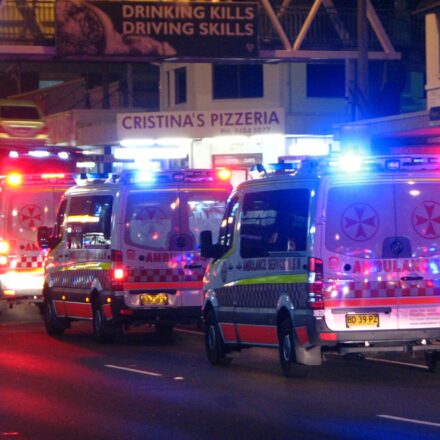The Administrative Appeals Tribunal decided at the end of August 2014 that the prior registration of “Melbourne Children’s Psychology Clinic” as a business name prevented the registration of “Melbourne Child Psychology” and “Melbourne Child Psychology Services” because the latter names were “nearly identical” to the former.
Whilst the decision traversed issues of the kind familiar to any practitioner with some exposure to trade mark registration and infringement, it was somewhat surprising that no reference was made to the Trade Marks Act (with its “substantially identical” test at both the application stage (s44) and for infringement (s120)), despite the decision occupying 147 paragraphs of reasoning and the identification by the Tribunal that confusion is the mischief sought to be remedied by the relevant provisions of the Business Names Act and the determination made under that Act.
That said, the Tribunal correctly pointed out that each Act must be construed according to its own terms and in its own context and so care must be taken in referring to authorities concerning other legislation (at [126]).
In the end, the Tribunal decided (at [134]) that:
“the relevant confusion which is intended to be avoided by the refusal of registration of names that are identical or nearly identical to registered names is confusion first in the sense of a failure to distinguish between the business carried on by the entity carrying on business under a registered name and that carried on by another entity applying for registration of an identical or nearly identical name, either by mistaking one business for the other, mistakenly believing that they are both the same business or mistakenly believing that they are both carried on by the same entity. It also encompasses confusion in the sense of being uncertain as to which business one is engaging with or proposing to engage with or the identity of the entity carrying on such a business.”
The question of whether two business names are “nearly identical” was found to be one of fact, requiring the exercise of judgment. All of which is entirely consistent with the trade mark law authorities on the meaning of “substantially identical” (see, for example, the discussion at [41]-[43] of the first instance decision in the Barefoot Radler litigation).
It was the “exercise of judgment” element which appeared to be of concern to the Australian Securities and Investments Commission (ASIC), the body responsible for making decisions about the availability of business names. ASIC has automated its decision making process, and argued that the legislation did not allow or require ASIC to exercise judgment as to whether two names were “nearly identical”.
ASIC must now decide whether to appeal the Tribunal’s decision on a question of law to the court. If they do not, it seems likely that some modification of the computer program used by ASIC will be necessary, so that it produces a list of registered names that are comparable to a prospective business name with a view to a human delegate deciding whether or not to register the prospective name. Whilst the modification of the program may cost some money, that would likely be a once-off expense. What will concern ASIC more is the cost of labour associated with processing each and every new application for registration of a business name.
No doubt the implications of the Tribunal’s decision will be considered by the federal Department of Finance in its study of whether and how ASIC’s registry services may be privatised.







